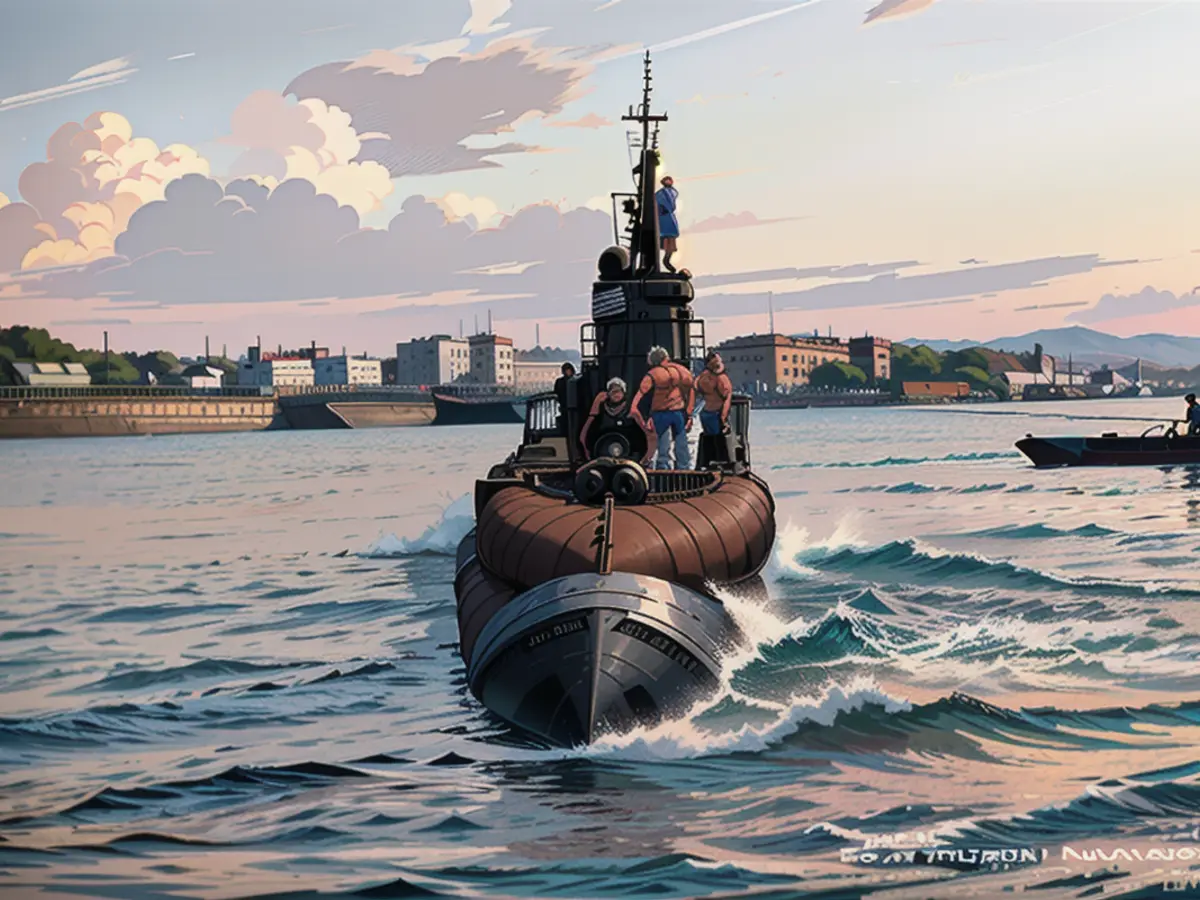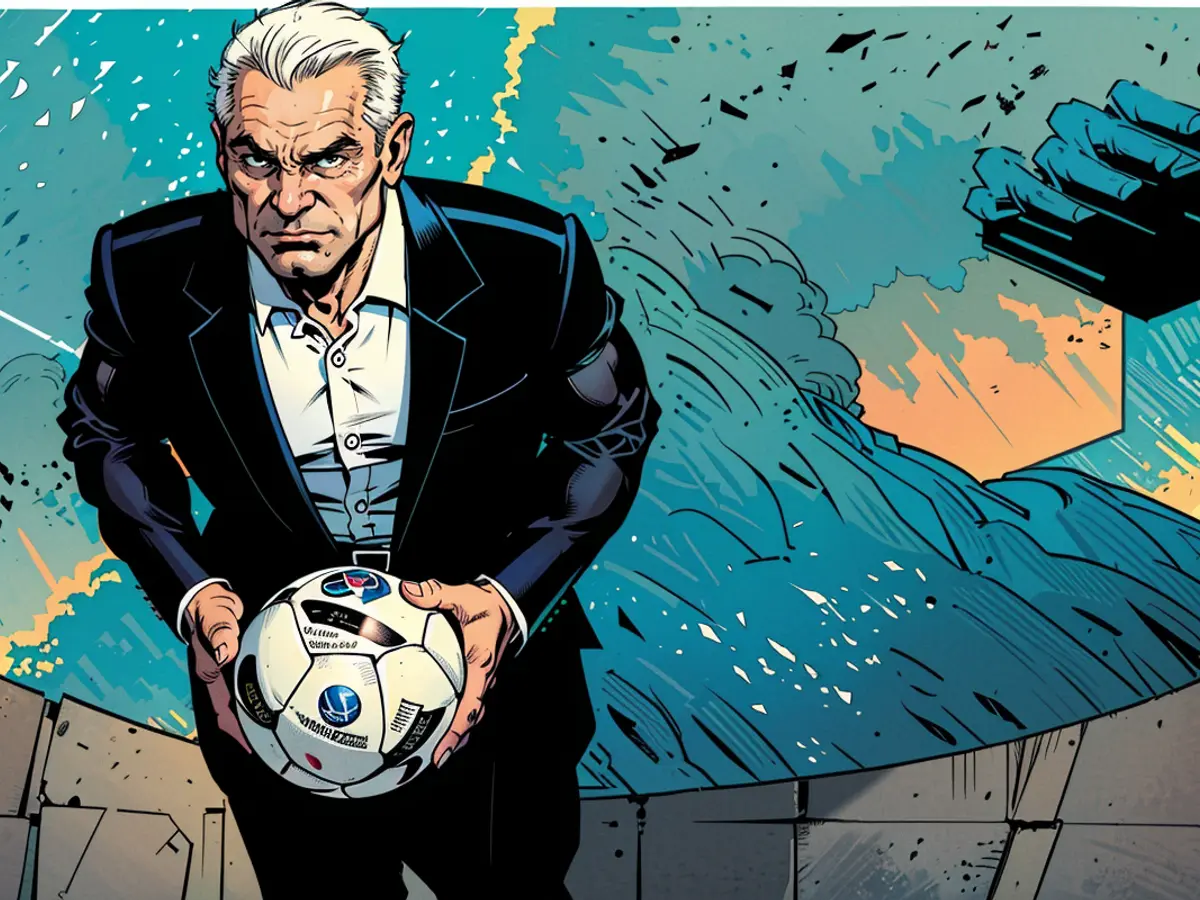Find of Destroyed U.S. Navy Submarine USS Harder in Philippines Waters During WWII
The USS Harder, a World War II submarine, rests undisturbed at a depth of approximately 3,000 feet (900 meters) near the northern Philippine island of Luzon. The vessel remains upright with minimal damages behind its conning tower caused by a Japanese depth charge, according to the Navy History and Heritage Command (NHHC) in a recent press release. It was lost in action on August 24, 1944, taking with it its entire crew of 79 submariners who fought relentlessly to regain control of the Philippines from Japanese forces.
The NHHC Director, retired US Navy Admiral Samuel J. Cox, reminds us in the release, "Harder was lost in the course of victory. We must not forget that victory has a price, as does freedom."
According to the supposed history of the US Navy, Harder successfully sank two Japanese escort vessels off the Bataan Peninsula on August 22, 1944. Together with two other submarines, the Harder then embarked on a mission to search for more targets along the Luzon coast. However, in a confrontation with a Japanese escort ship named CD-22 on August 24, the Harder fired three torpedoes, missing all their targets. The Japanese ship retaliated by dropping five depth charges, eventually sinking the Harder.
The whereabouts of the Harder were confirmed by data provided by 'Lost 52,' a project led by Tim Taylor, CEO of Tiburon Subsea, that aims to locate the remaining 52 US submarines lost during World War II. The group has located at least six other submerged wreckages in the past.
In the press release, NHHC's Director, Cox expresses gratitude towards 'Lost 52' for providing them with the opportunity to remember the brave deeds of the Harder’s crew. Furthermore, he reminds everyone that this wreckage should be revered as a war grave.
The Philippines was once a US-controlled territory invaded by Japan just months after their assault on Pearl Harbor in December 1941. By spring 1942, the combined forces of the US and Philippines surrendered to the Japanese, with Japan utilizing the captured archipelago to safeguard their resources and supply routes from the East Indies and Southeast Asia.
However, by mid-'44, the tide had turned in favor of the US, as they initiated operations to reverse Japanese control over the Philippines.
The fearless commander of the Harder, Cmdr. Samuel Dealey, had the submarine's motto, 'Hit 'em Harder.' Dealey was later posthumously honored with the Medal of Honor, the United States' highest military decoration, for his exceptional performance during Harder's fifth and final patrol from March to July '44.
During these four months, Harder destroyed or heavily damaged several Japanese destroyers on a single occasion. In one particularly breathtaking encounter, captured in the National Medal of Honor Museum's account, Dealey commanded his crew to conduct a 'down the throat' torpedo attack on an onslaught of Japanese destroyers by aiming a head-on shot at the bow of the lead ship. At a distance of 1,500 yards, he fired three torpedoes and ordered the submarine to dive. As the Harder ventured 80 feet below the attacking destroyer, two of the torpedoes made solid contact, causing severe shock waves throughout the submarine.
In its first four patrols after commissioning on December 2, 1942, Harder had destroyed or damaged 14 Japanese warships and merchant vessels.

Read also:
- This will change in December
- Dikes withstand water masses so far - Scholz holds out the prospect of help
- Fireworks and parties ring in 2024 - turn of the year overshadowed by conflicts
- Attacks on ships in the Red Sea: shipping companies avoid important trade route
Source: edition.cnn.com




